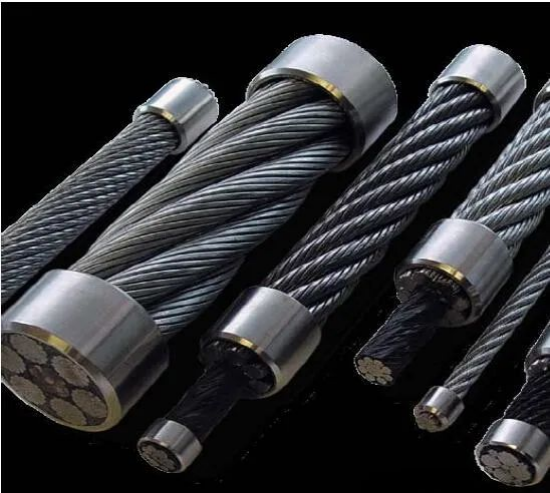The safety factor of a steel wire rope is the ratio of its minimum breaking strength to the total working load. The safety factor of a new wire rope should ensure that it provides reliable service throughout its working life under normal fatigue stress and wear conditions.
A higher safety factor should be used when lifting personnel, valuable items, or in environments where frequent inspections are difficult.
Recommended Safety Factor
|
Applications |
Recommended safety factor |
|
Static tensioning wire ropes and strands |
3-4 |
|
The main cable of a small suspension bridge |
3-3.5 |
|
Suspension wire ropes for small suspension bridges |
3.5-4 |
|
Aerial ropeway carrying rope |
3-4 |
|
Aerial ropeway tow rope |
5-6 |
|
cranes, etc |
5-5.5 |
|
Control rope on grab and crane |
4-5 |
|
Grabexcavator |
5 |
|
Horizontal traction, continuous towing vehicle |
4-5 |
|
Mine hoisting, shafts and inclined shafts |
Minimum 5 |
|
Industrial lifting |
Minimum 6 |
|
Bridge/portal/tower/mast crane |
Minimum 6 |
|
Elevators carry people |
Minimum 12 |
|
Hot metal cranes |
Minimum 8 |
|
Non-rotating wire rope 18×7class |
Minimum 10 |


